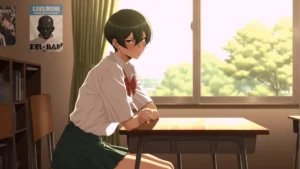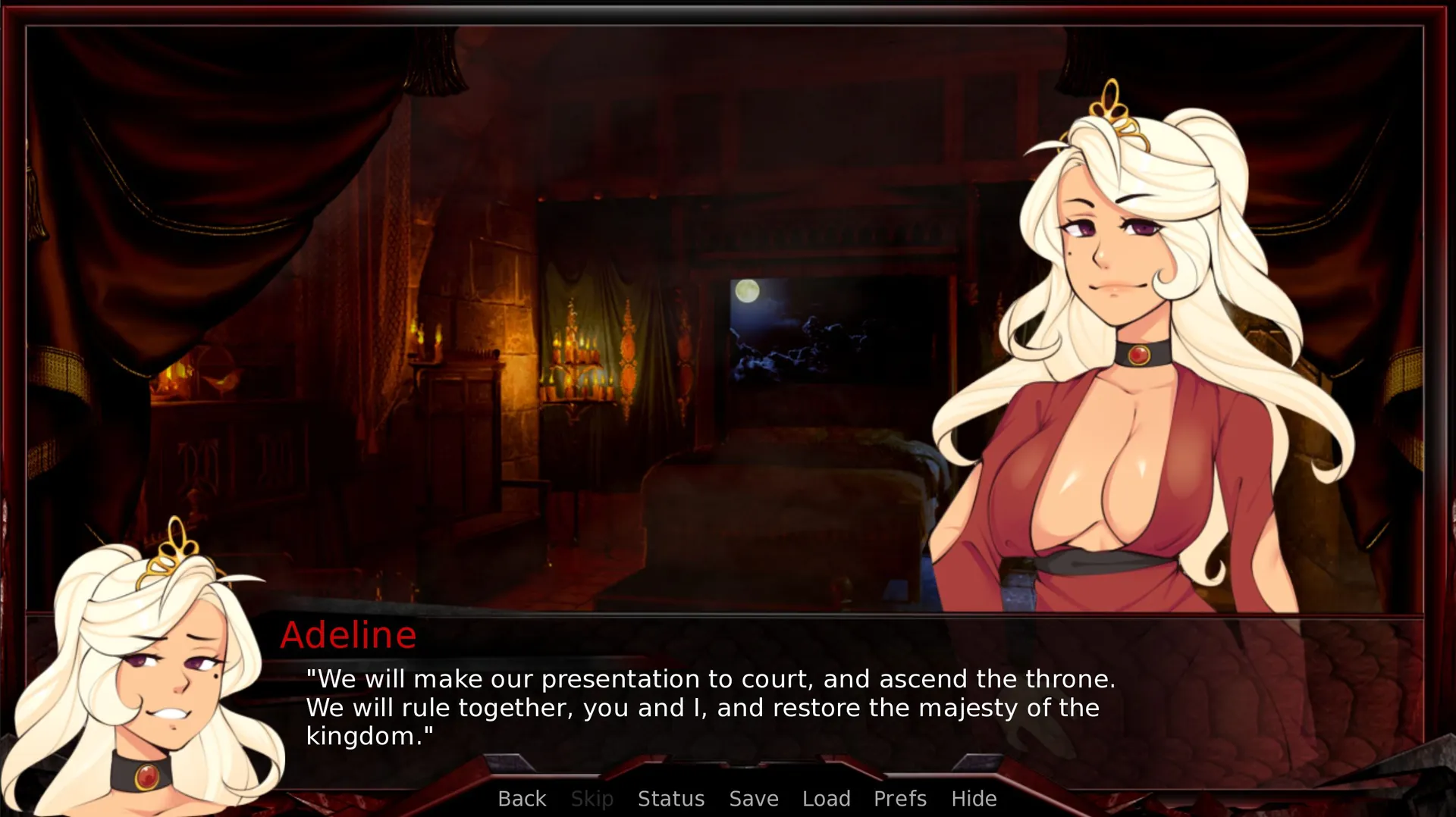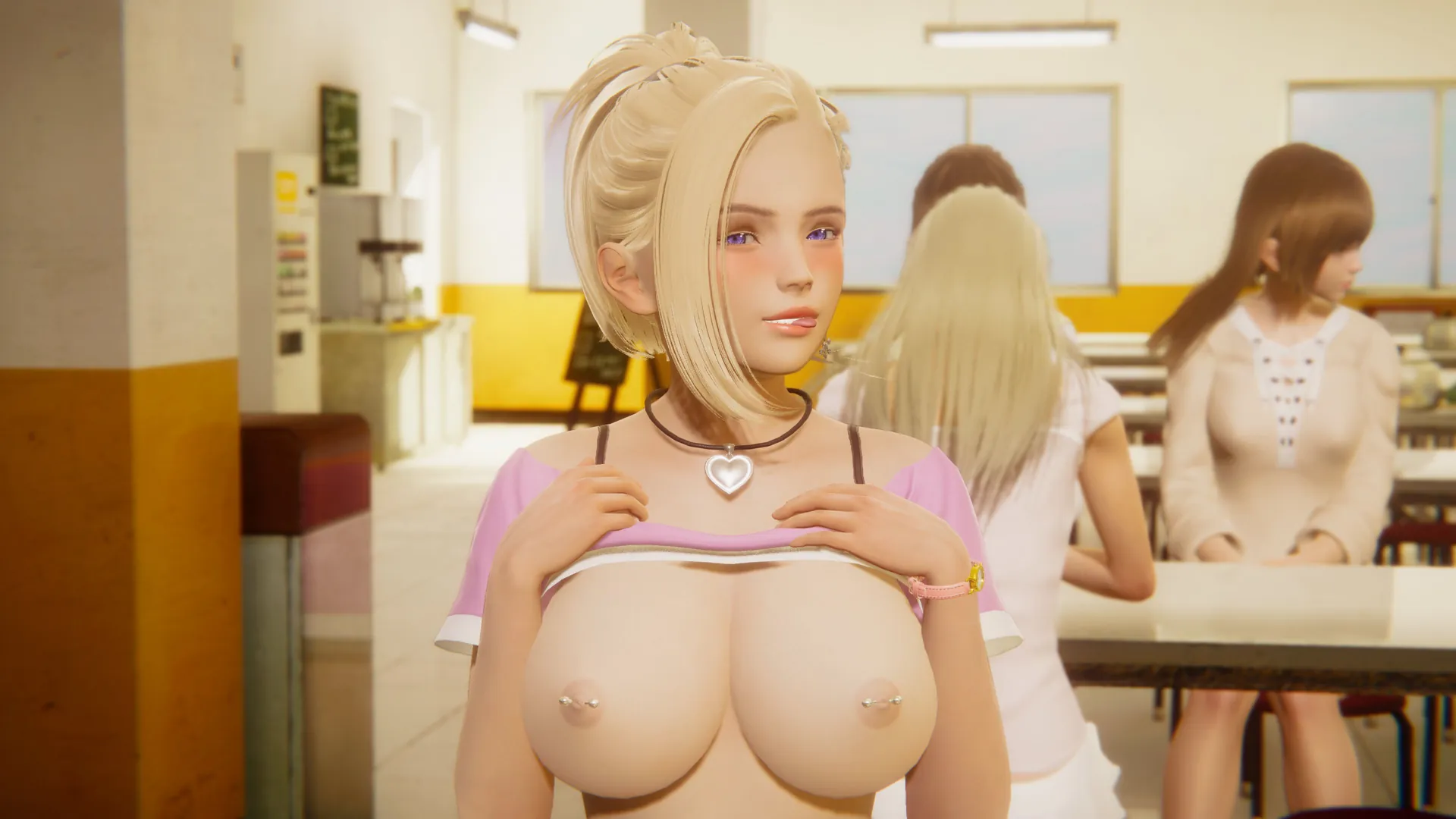
Aperture
Play Aperture
Aperture review
Exploring Gameplay, Characters, and Narrative of Aperture Porn Game
Aperture is a distinctive adult-themed game that blends mystery and emotional storytelling through the eyes of Keita, a sharp-witted prep-school student. Centered around the manipulative principal Daizo and the photography club president Rin, the game explores themes of slow corruption and emotional turmoil. This article delves into the gameplay, narrative, and character dynamics that make Aperture a compelling experience for players interested in story-driven adult games.
Understanding Aperture: Storyline and Characters
Let’s be real—when you first boot up Aperture, you probably think you’re in for a lighthearted visual novel about photography and school life. I know I did. 😊 But the Aperture game story quickly pulls the rug out from under you, revealing a deeply layered narrative about manipulation, loss, and the slow erosion of something precious. It’s a story that sticks with you, precisely because it makes you feel so complicit in the unfolding tragedy.
At the heart of this emotional storm is the Keita protagonist, your window into this unsettling world. You’re not just watching his story; you’re living it, and that’s where the game’s unique power lies.
Who is Keita? The Player’s Perspective
Sasaki Keita isn’t your typical power fantasy hero. He’s an ordinary high school student with a passion for photography, which makes him instantly relatable. 🎒 When you step into his shoes, you’re not given a legendary sword or superpowers—you’re handed a camera and a whole lot of hope. His primary goal is simple and noble: to revive the school’s defunct photography club.
This is where the Aperture game story brilliantly aligns your goals with his. You want him to succeed. You feel his excitement when he finds a potential new member, and you share his determination. As the Keita protagonist, he embodies a genuine desire to create something positive. He’s diligent, a bit naive, and wholly unprepared for the darkness lurking in the school’s corridors.
From my own playthrough, I remember that initial feeling of optimism. “How hard can it be?” I thought. The game expertly lets you build this little world of potential, making the eventual fall so much more impactful.
But this connection is a double-edged sword. Because you are so tied to Keita’s perspective, you experience his powerlessness firsthand. You see the warnings, you sense the manipulation happening just out of frame, but like Keita, you are often unable to stop it. This creates a mounting sense of anxiety that is central to the player experience. You’re not a hero charging into battle; you’re a bystander watching a car crash in slow motion, and the steering wheel is just out of reach. 😟
The Role of Daizo: Antagonist and Principal
If Keita represents fragile innocence, then Principal Daizo is the chilling force of corruption. He isn’t a cartoon villain twirling a mustache; he’s far more dangerous because of his position and patience. As the Daizo antagonist, his power isn’t just personal—it’s institutional. He’s the principal of the school, a figure of authority who should be protecting students, not predating upon their dreams and relationships. 🐍
Daizo is the master architect of the slow corruption storyline. He doesn’t force immediate, dramatic changes. Instead, he applies subtle pressure, uses his influence to create impossible choices, and systematically dismantles the world Keita is trying to build. His presence is like a constant, low-grade hum of dread in the background of the Aperture game story. You know he’s there, you know he’s plotting, but you can rarely see the full picture of his machinations until it’s too late.
His role is crucial in driving the Aperture NTR theme. He represents an unavoidable and overpowering force that invades the personal space Keita is trying to cultivate. The tension doesn’t come from a physical threat, but from a psychological one. Daizo’s manipulations create situations where agency is stripped away, and the player is forced to witness the consequences. This makes him one of the most effective and unsettling antagonists I’ve encountered in a game. 😨
Rin and the Photography Club: Emotional Core of the Game
While Keita is our perspective and Daizo is the threat, Rin is undoubtedly the soul of Aperture. Her introduction is a beacon of hope. She’s interested in the photography club! 🎉 Finally, Keita (and by extension, you) has a partner, someone to share this passion with. Rin is kind, talented, and initially, just as hopeful as Keita about building the club together.
The Rin photography club dynamic is the emotional engine of the game. Your interactions with her are filled with genuine warmth and shared excitement. You take photos together, plan for the future, and for a brief, beautiful moment, it feels like everything might just work out. This makes her vulnerability absolutely central to the narrative’s impact.
It is through Rin that the themes of emotional turmoil in Aperture are most keenly felt. As Daizo’s influence grows, you watch her struggle. The slow corruption storyline affects her directly, creating a palpable sense of helplessness as you see her spirit being worn down. The Aperture NTR theme is channeled through her character, focusing on the psychological devastation and the loss of something that was once pure and mutual.
The Rin photography club isn’t just a setting; it’s a symbol of what Keita is trying to protect and what Daizo is determined to destroy. Watching that symbol be tarnished is the primary source of the game’s heartbreaking power. 😢 Your investment in her well-being and the success of the club makes every setback feel personal.
| Character | Key Traits | Narrative Role |
|---|---|---|
| Keita | Relatable, passionate, naive, determined | The player’s avatar; embodies hope and powerlessness |
| Daizo | Manipulative, patient, authoritative, corrosive | The source of conflict; driver of the corruption and NTR themes |
| Rin | Kind, hopeful, vulnerable, the heart of the club | The emotional core; the character through which loss is most acutely felt |
Ultimately, understanding Aperture means understanding how these three forces interact. The Keita protagonist gives you a stake in the game. The Daizo antagonist provides an insurmountable obstacle. And Rin, through the Rin photography club, gives the conflict its profound emotional weight. The Aperture NTR theme isn’t used for shallow shock value; it’s a narrative tool to explore powerlessness, manipulation, and the specific kind of emotional turmoil in Aperture that comes from watching something beautiful be systematically broken. This slow corruption storyline is what makes the Aperture game story so uniquely haunting and memorable. You don’t just play it; you endure it, and that’s an experience that stays with you long after you’ve closed the game. 💔
Aperture offers a unique narrative-driven experience that combines mystery, emotional depth, and complex character interactions. Through the eyes of Keita, players navigate a world filled with tension, manipulation, and personal challenges, making the game memorable and engaging. Whether you are drawn to its storytelling or its gameplay elements, Aperture stands out as a compelling title in its genre. Dive into the game to experience its intricate plot and emotional journey firsthand.
















